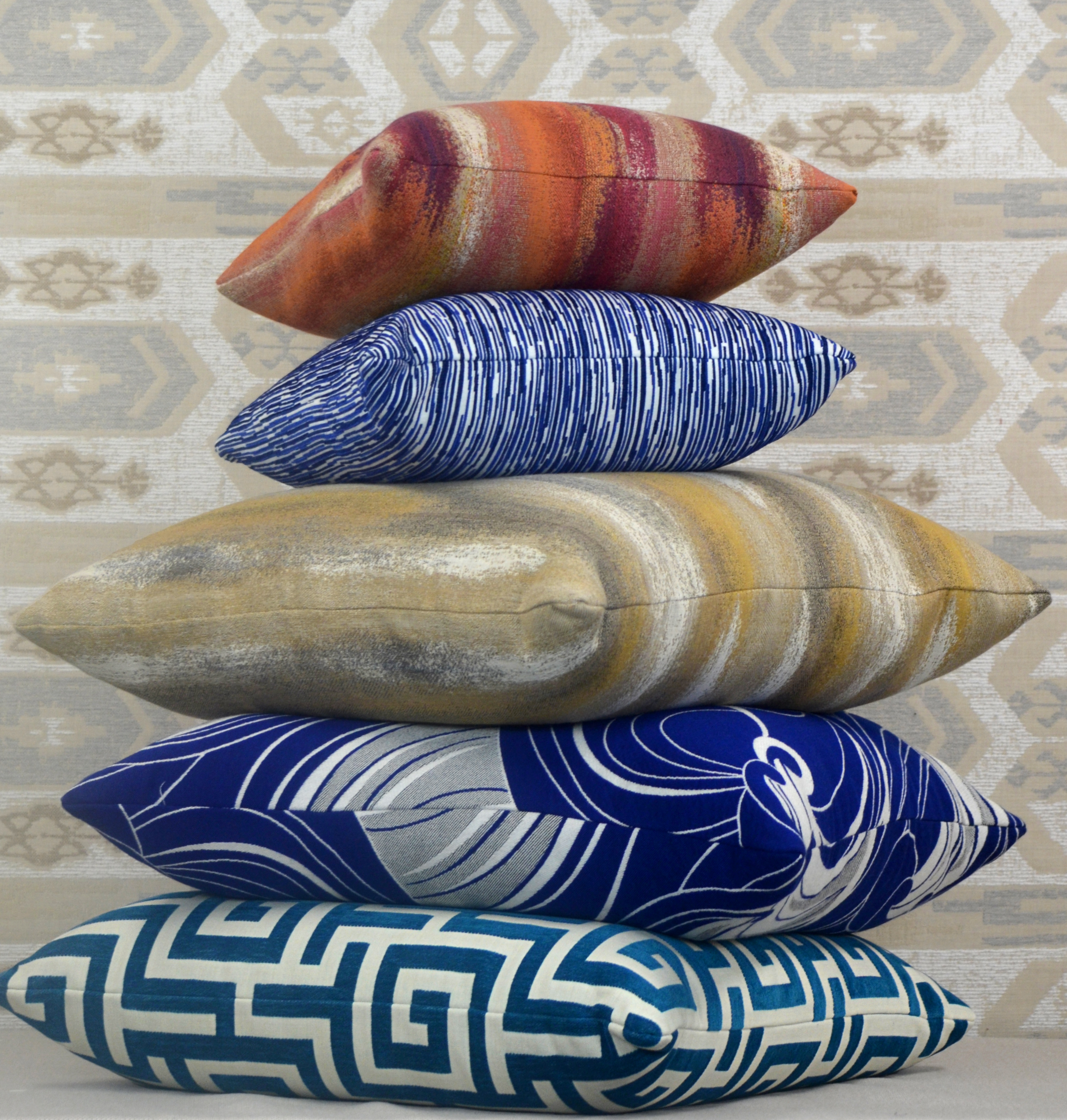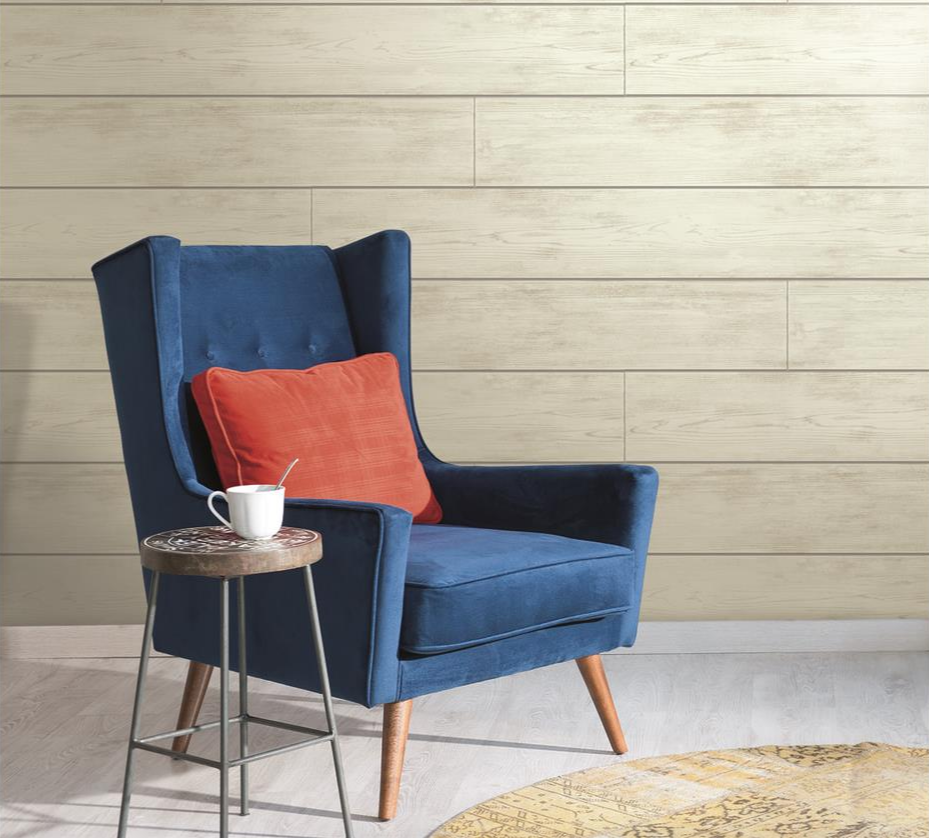
If you love to sew and create beautiful crafts, then you’ve undoubtedly run into this problem: you find a great pattern for a particular fabric, you get all excited about the possibilities for your new creation….and then you realize you don’t have enough yardage for the project. How disappointing!
Here’s the good news: with some thoughtful planning and the rights cuts, you may be able to make your project work after all!
Try these 7 tips to make the most of your fabric, so you can create more and waste less:
1. Begin with Your Biggest Patterns
In order to make the best use of the fabric you have available, start by placing your biggest pattern pieces on the fabric and see how many pieces you can get to fit.
You’ll probably find that for some projects, like skirts, there will be large pieces that need to be continuous, so you need to make sure you have fabric for these. However, smaller pieces, like those for the pockets or waistband can be made to fit on the remainder, or even made out of a different fabric for a unique design effect.
2. Try Just a Partial Fold
Another tip to minimize fabric waste is to only fold it partially.
Instead of folding it lengthwise so that the selvedges come together, try folding just one edge toward the center leaving an area of fabric that’s just a single layer. This single layer can then be used for pockets, sleeves, or other of the smaller pattern pieces.

3. Double Fold in Toward the Middle
A similar strategy is to double fold your pattern in toward the middle.
This tip works particularly well for fabrics that are between 50 to 60 inches wide. It’s also great when you need to match up stripes, as you can easily see the side seams, which will all line up toward the center.
Make sure to fold your fabric along the grain line, and double check with a tape measure to make sure the length is folded evenly.
4. Fold Crosswise, Not Lengthwise
Here’s a clever tip: instead of folding lengthwise like normal, try folding crosswise (i.e. width-wise) instead.
When you fold crosswise, the selvedge edges align with themselves and you have the full width of the fabric to work with. This will make it possible to place big pattern pieces on a double layer while making use of the fabric’s full width.
Note, if you’re using a fabric with directionality, like velvet (which has directionality in its nap) or patterned fabrics (which often have directionality in their prints), simply cut the fabric so you have two pieces that you can lay on top of each other with the nap/print going in the same direction.

5. Cut Just on a Single Layer
One of the best ways to make use of a limited supply of fabric is to only cut on a single layer whenever possible.
Although this strategy often takes more time, it really does maximize every inch of fabric you have available. By playing with the placement of your pattern pieces, you may be able to find sections that can be used, for example, the space near the armhole of a sleeve. Just be careful of the grain line before you commit to the cut.
6. Cut Along the Bias
Another strategy for finding usable sections of fabric is to cut along the bias.
Bias cuts are especially effective with plaids and stripes as they can add visual interest, for example to the sleeve cuffs, pocket, or upper shoulder area of a shirt. Be creative and play with the possibilities!
7. Forget about the Grain Line
If all else fails, consider going against the grain.
Sometimes, if you have just a few smaller pattern pieces left, you find you can tilt the pattern slightly off the grain and make it fit. This tip works best if you have a stable fabric or pieces like sleeves where a little bit of bias won’t be much of an issue.
For more fabric design inspiration for your next craft project, check out Going Décor’s collection of fabrics.